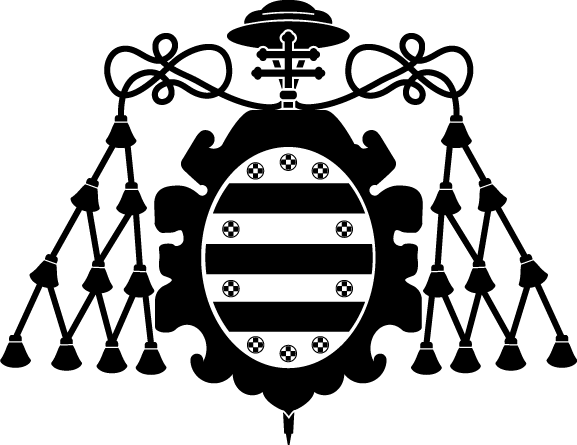Improvement of a system for catchment, pretreatment, and treatment of runoff water using PIV tests and numerical simulation
Subject:
Computational fluid dynamics technique
Particles
Sediment
Catchments
Runoff
Simulation
Publication date:
Editorial:
ASCE (American Society of Civil Engineers)
Publisher version:
Citación:
Abstract:
This paper studies how to improve the efficiency of a new system for catchment, pretreatment, and treatment of runoff water (SCPT). This system is integrated into an urban sustainable gravity settler that can decrease diffusive pollution. This study provides important advantages for the ecosystem by improving new sustainable drainage to clean runoff water. In this paper, an investigation methodology known as hybrid engineering (HE) was used. HE combines experimental tests and numerical simulations, both of them conducted on a 1:4-scale prototype. In this study, numerical simulations by the finite-volume method (FVM) and experimental tests by particle image velocimetry (PIV) were compared. A strong correlation between the numerical and experimental analysis was found. Next, the efficiency of the SCPT was optimized by design of experiments (DOE). Analysis of experimental and numerical results and their comparison are presented in this paper
This paper studies how to improve the efficiency of a new system for catchment, pretreatment, and treatment of runoff water (SCPT). This system is integrated into an urban sustainable gravity settler that can decrease diffusive pollution. This study provides important advantages for the ecosystem by improving new sustainable drainage to clean runoff water. In this paper, an investigation methodology known as hybrid engineering (HE) was used. HE combines experimental tests and numerical simulations, both of them conducted on a 1:4-scale prototype. In this study, numerical simulations by the finite-volume method (FVM) and experimental tests by particle image velocimetry (PIV) were compared. A strong correlation between the numerical and experimental analysis was found. Next, the efficiency of the SCPT was optimized by design of experiments (DOE). Analysis of experimental and numerical results and their comparison are presented in this paper
Patrocinado por:
Spanish Ministry of Economy and Competitiveness [BIA2009-08272]
Collections
- Artículos [36472]


